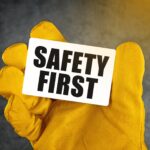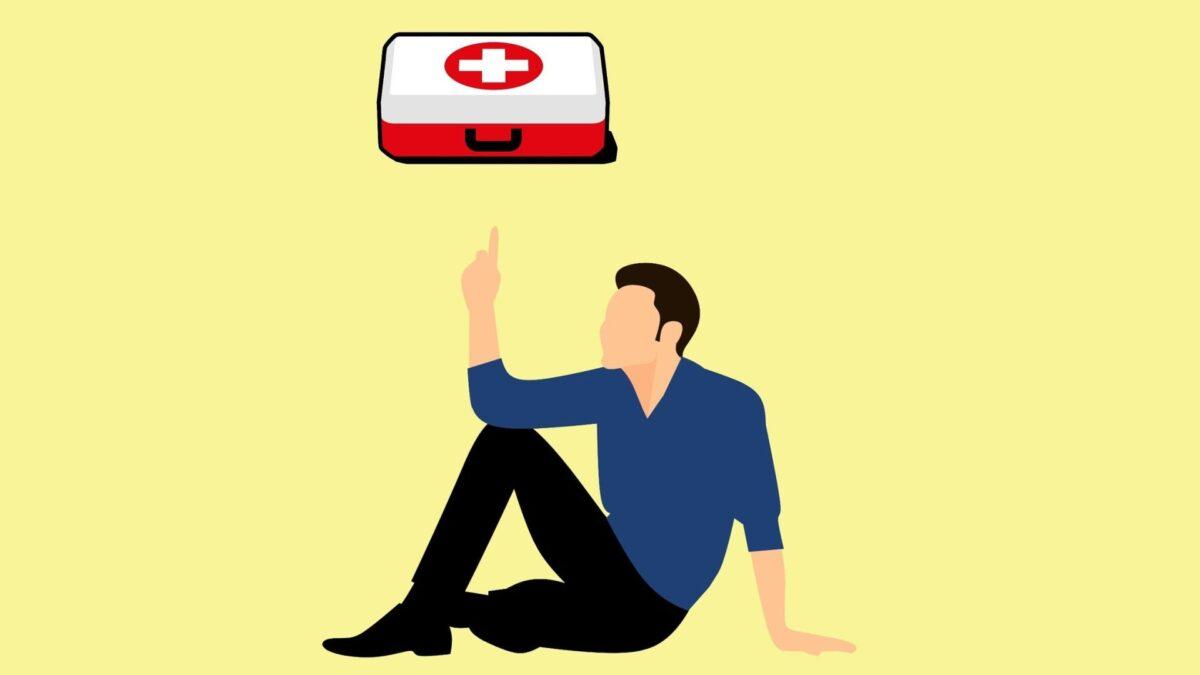
Employee safety concerns are never greater, here’s how to easily help yourself
5. September 2023.
Two limited liability companies (LLCs) with the same owner at different locations and cities, and a common occupational safety and health protection?
27. September 2023.Photo: Mohamed Hassan/Pixabay
Based on Art. 56. St. 1. and 2 of the Occupational Safety Act (OG 71/14 and 118/14) the employer is obliged to organize and ensure the provision of first aid (PPP) to workers and other persons until the provision of emergency medical assistance or until admission to a health institution, and is obliged to enable the procedure of the public emergency medical service.
At least one first aid worker
At each worksite and in working premises where two to 20 workers, at least one worker, and another to every subsequent 50 workers, he must be trained in PPP in accordance with occupational safety rules and be notified in writing that he has been designated for PPP.
As explained by the Institute for the Improvement of Safety at Work, central public institutions responsible for monitoring and improving the field of safety at work, if two sister companies work in the same premises, not every company should have its own trained PPP worker.
More workers in the room, more qualified for first aid
Namely, the number of trained PPP workers related to the number of workers working in that room.
Also, the contract between the two companies defines which worker (from which company) will be trained for PPP.
Otherwise, first aid is an extremely important skill that can make a significant difference in emergency situations. Here are a few basic things you should know about first aid:
- Assess the situation: Before providing assistance, ensure that the environment is safe for both you and the injured person. If it is not safe, wait for the arrival of experts.
- Check awareness: Gently tap the person and shout to check if they are conscious. If there is no answer, call for help immediately.
- Call for help: Call your local ambulance number (e.g. 112 in Europe) and let them know about the situation.
- Evaluate breathing: If the person is not breathing or breathing irregularly, start cprpr. For this, you can use the basic techniques of chest compression and artificial respiration.
- Stop bleeding: If a person is bleeding, try stopping the bleeding using a sterile bandage or a clean piece of cloth. Put pressure on the bleeding site.
- Immobilize injuries: If you suspect a fracture, do not move the injured part of the body. Immobilize it using a solid material, such as a board or crutch.
- Stay calm: It’s important to stay calm and focused while providing first aid. Try to soothe and comfort the injured person.
- Continue to monitor the condition: Once you have provided first aid, continue to monitor the condition of the injured person until professional medical help arrives.
- Take a first aid course: To gain a better understanding and first aid skills, it is recommended to attend a first aid course.
We hope these tips help you prepare for emergencies as it is of utmost importance that you be prepared to help others in need.


